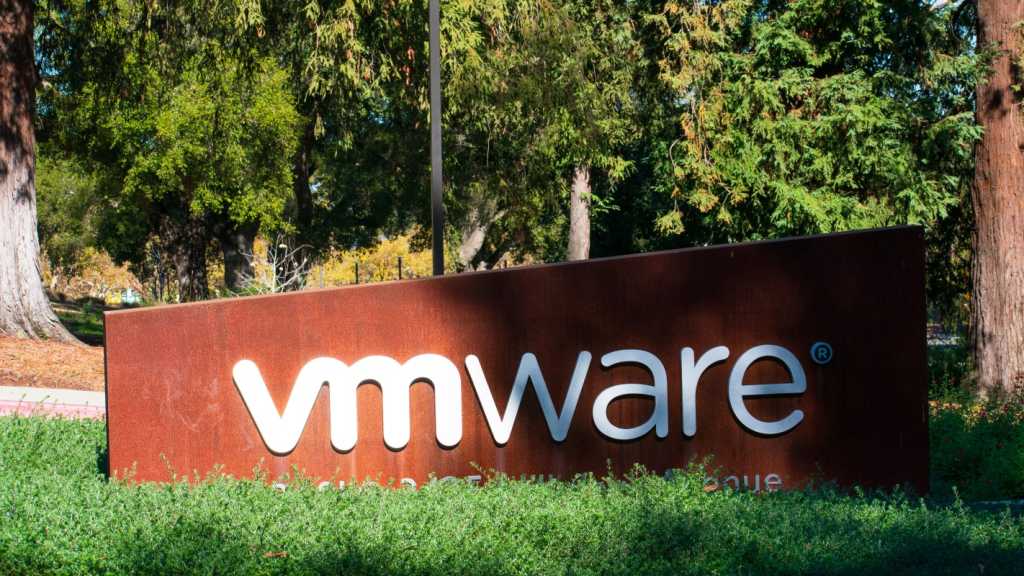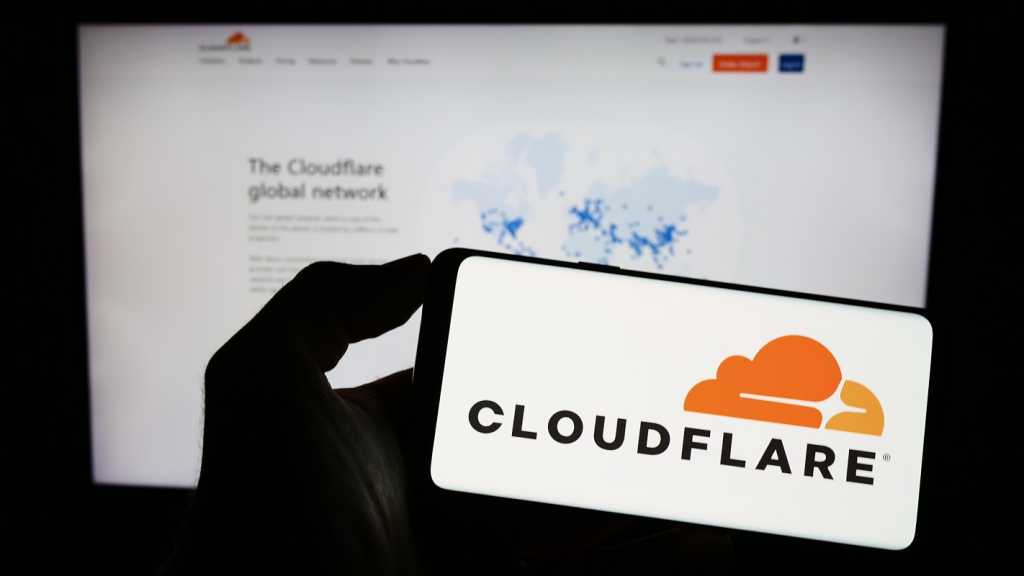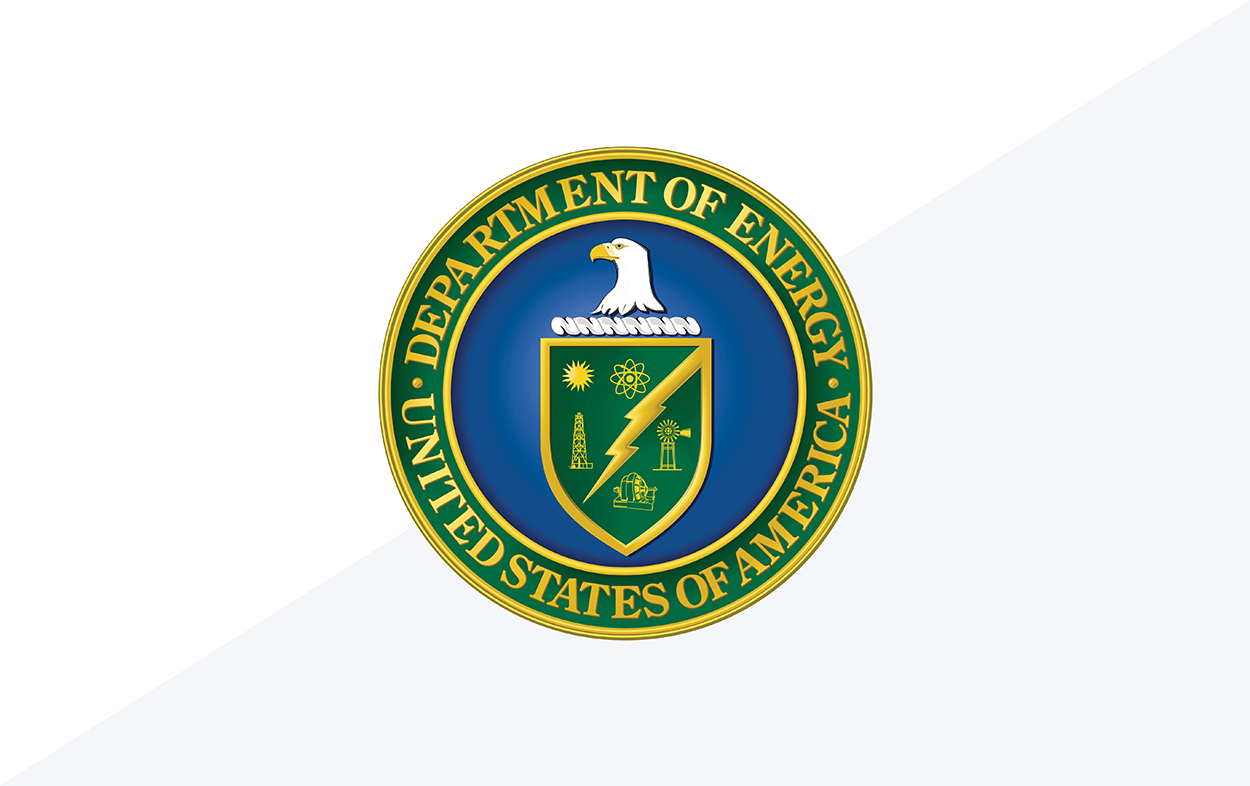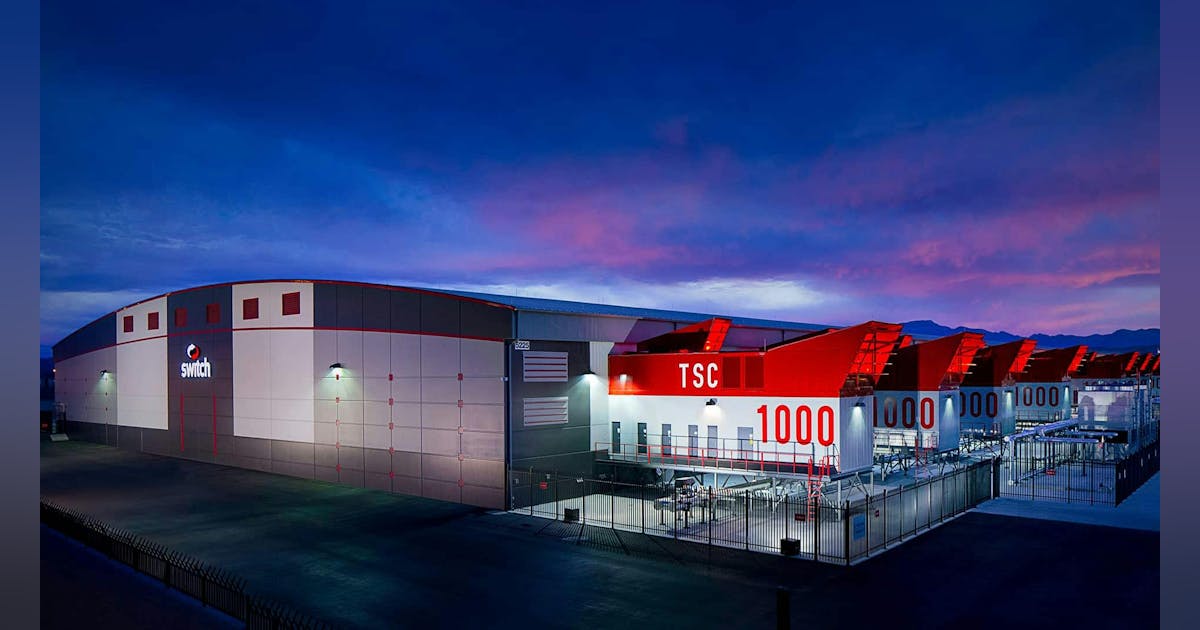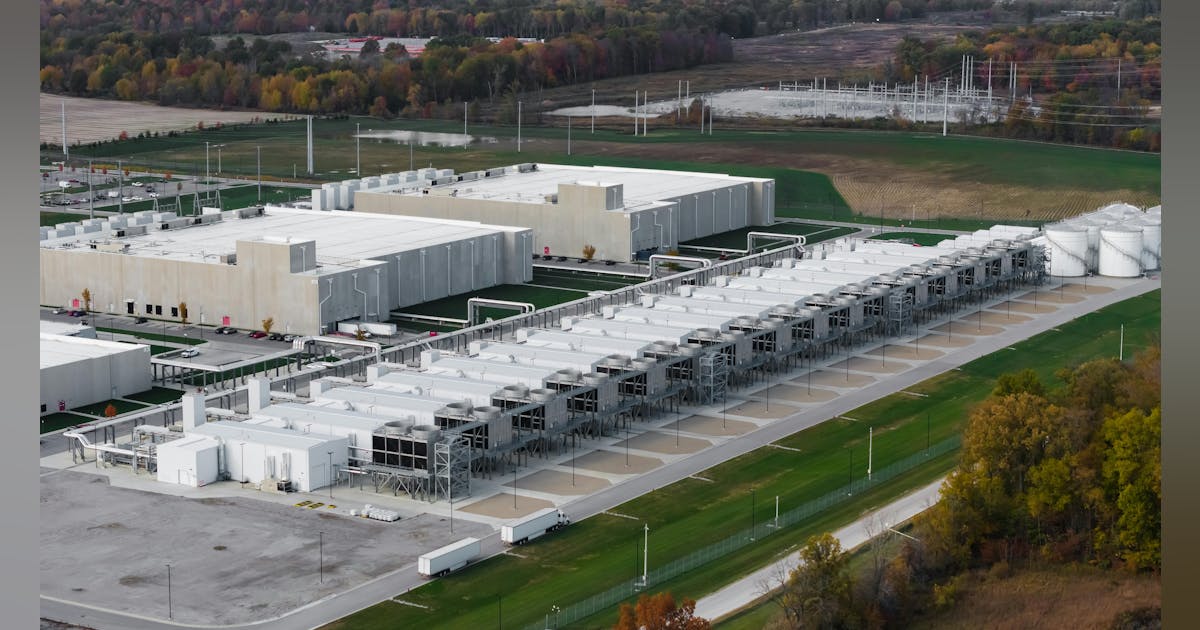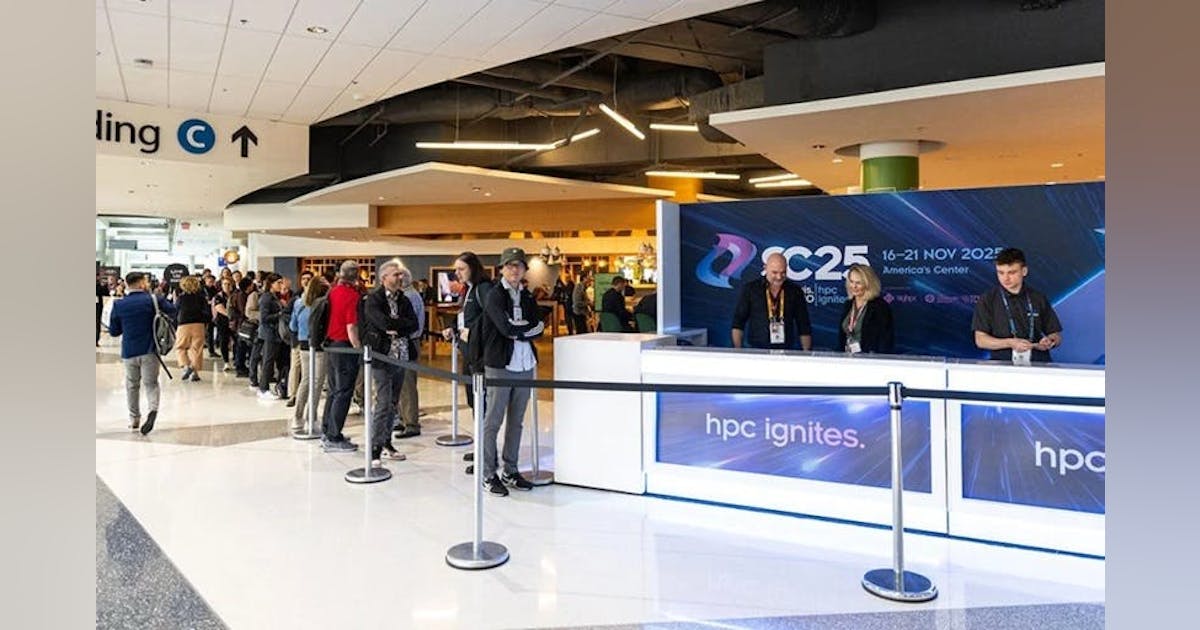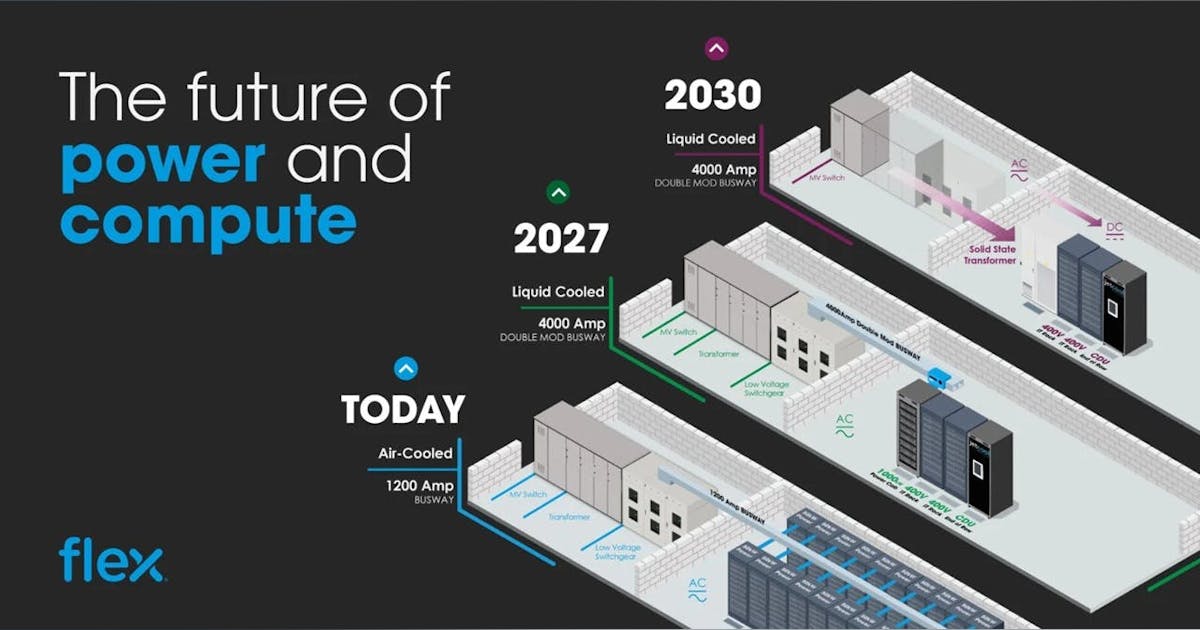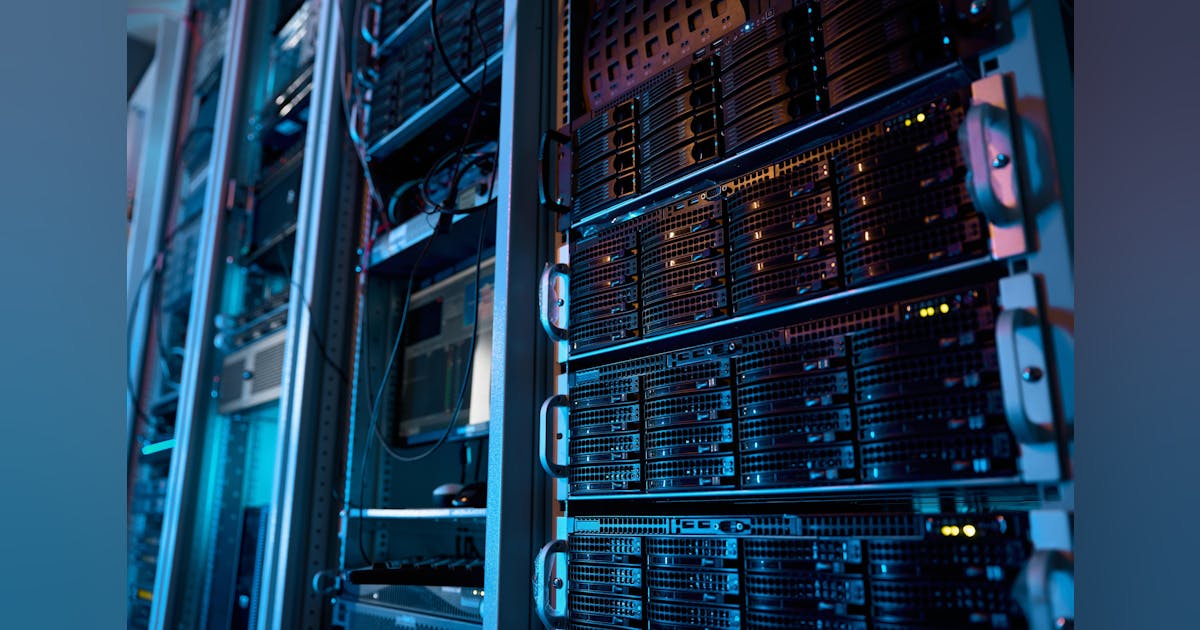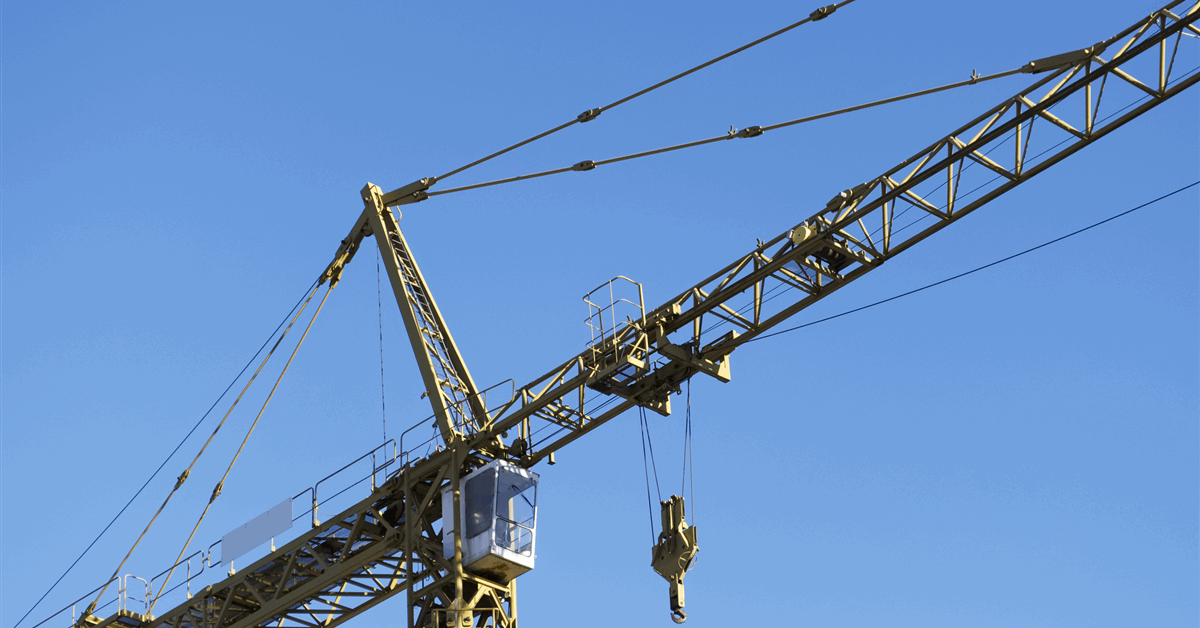
TA’ZIZ, an Abu Dhabi National Oil Co. (ADNOC) and ADQ joint venture tasked with establishing a “chemicals and transition fuels ecosystem”, has awarded a $1.7 billion engineering, procurement and construction (EPC) contract for a methanol production facility in the Al Ruwais ecosystem project.
Expected to be completed 2028, the plant will be the first methanol production facility in the United Arab Emirates, according to TA’ZIZ. The plant is planned to produce up to 1.8 million metric tons a year of clean energy-powered methanol.
“This landmark EPC contract award is a significant step in realizing TA’ZIZ’s vision to drive the UAE’s industrial growth by creating a world-scale integrated chemicals ecosystem in Al Dhafra region”, TA’ZIZ chief executive Mashal Saoud Al-Kindi said in a company statement. “The plant will enhance the UAE’s position as a leader in sustainable chemicals production and strengthen TA’ZIZ’s role in enabling ADNOC’s global ambition to lead the chemicals sector”.
SAMSUNG E&A Co. Ltd. won the contract. “SAMSUNG E&A will bring its successful experience of a recently completed methanol plant in Malaysia and the active application of its unique execution system, characterized by modularization and automation, to the project”, the South Korean company said in a separate press release.
Hong Namkoong, president and chief executive of SAMSUNG E&A, commented, “We plan to actively leverage local resources and our network of partners based on our extensive regional experience in the Ruwais Industrial Complex, UAE”.
ADNOC and ADQ aim to start producing chemicals in the first phase the Al Ruwais chemicals and transition fuels ecosystem in 2028. The first phase is expected to produce 4.7 million tons a year of chemicals.
Late last year TA’ZIZ awarded over $2 billion worth of EPC contracts for infrastructure components of the ecosystem project.
“TA’ZIZ will produce a range of chemicals, many of which have not previously been manufactured in the UAE, enabling the local manufacture of many new construction, agriculture and healthcare products”, TA’ZIZ said November 6, 2024, announcing the contract awards. “In its initial phase, TA’ZIZ will produce six chemicals: caustic, ethylene dichloride, vinyl chloride monomer, polyvinyl chloride, low-carbon ammonia and methanol”.
NMDC Group won the contract for the chemicals port of the project. “When the port is complete, it will facilitate the export of chemicals and transition fuels, ensuring operational connectivity to regional and global markets and enhancing access to imported supplies”, TA’ZIZ said.
Rotary Engineering-Abu Dhabi was tapped to build the terminal portion, which will have storage facilities, tank-to-jetty pipelines, jetty-to-tank pipelines and inter-site pipelines.
“The dedicated chemicals port and terminal will enable exports from the one mtpa [million tons per annum] low-carbon ammonia production facility and world-scale methanol plant TAZIZ is building in Ruwais, as well as imports of key materials”, TA’ZIZ said.
Al Geemi Contracting won two contracts, one to build utilities including for power transmission, steam and water, and another to build ancillary infrastructure such as internal roads, buildings and security fencing.
TA’ZIZ said of the $2 billion awards, “A significant portion of the value of the contracts is expected to flow back into the UAE’s economy under ADNOC’s In-Country Value program, boosting economic growth and diversification in Al Dhafra region”.
“The awards will also accelerate TA’ZIZ’s efforts to establish a domestic low-carbon chemicals supply chain, while supporting ADNOC’s chemicals growth strategy and ambitions to become a top five global chemicals player”, it added.
TA’ZIZ was launched November 10, 2020, by ADNOC and Emirati investment and holding company ADQ.
To contact the author, email [email protected]

